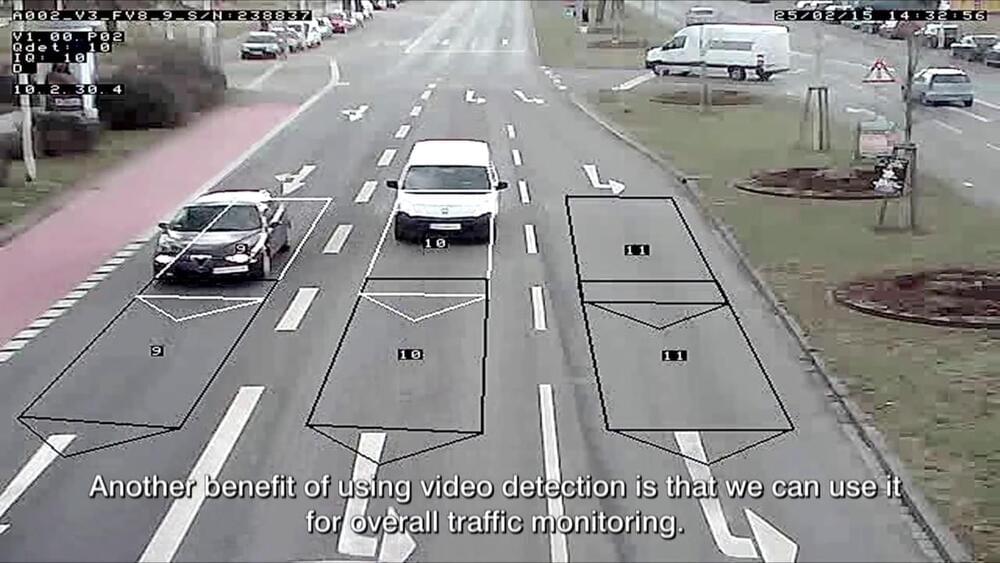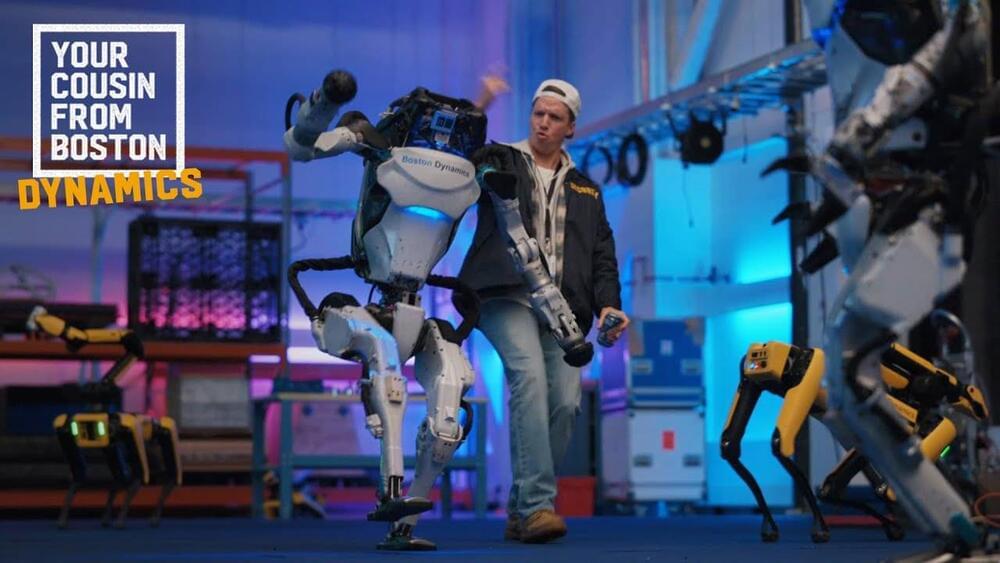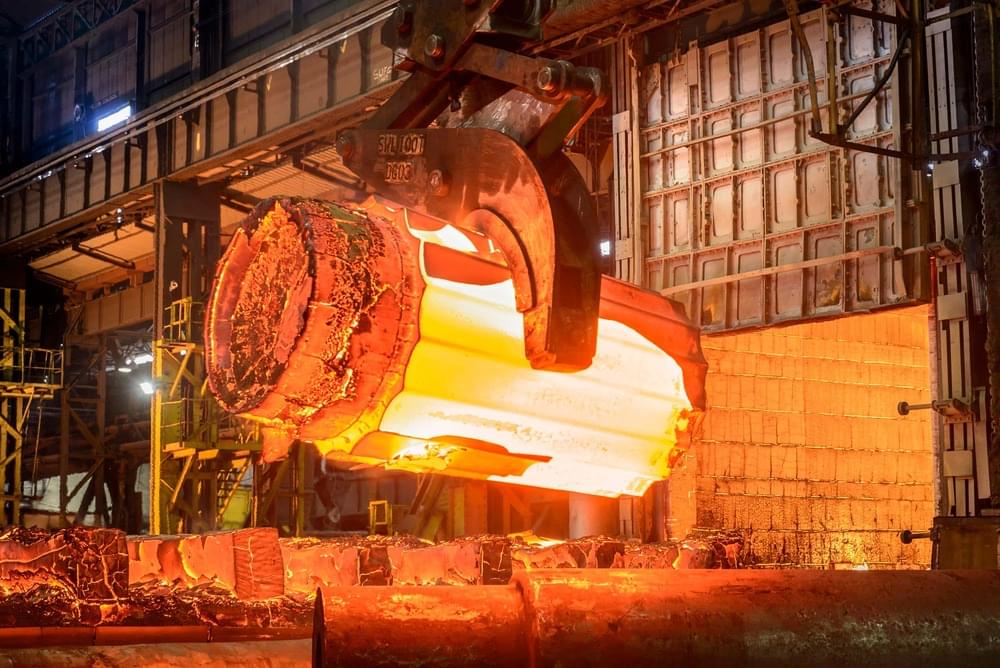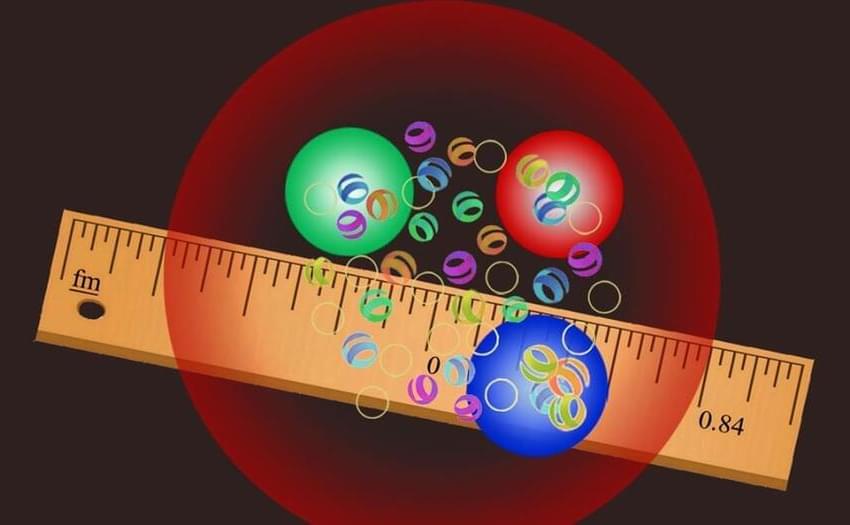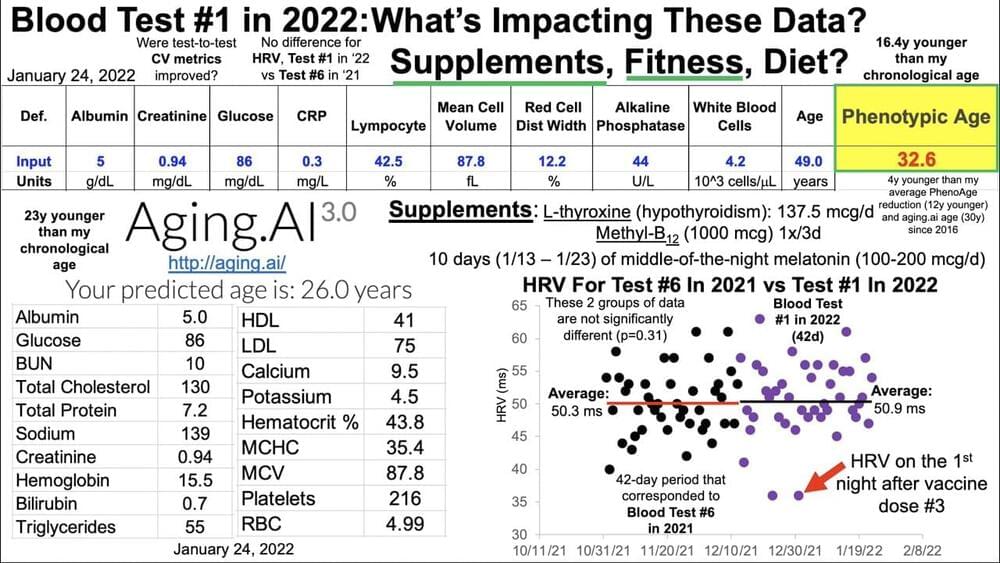These missiles are too fast to detect. Hypersonic weapons technology is at the heart of a new arms race. Currently, the US, China, and Russia are all competing to develop the most effective long-range hypersonic missiles. A recent report revealed that North Korea has also successfully tested a hypersonic missile on January 5, 2022, the country’s second reported test of a hypersonic missile.
North Korea has also referred to verifying the “fuel ampoule system” during this deployment which means that the liquid fuel used by the missile was sealed at production. This allows for rapid deployment even after the missile has been stored for long periods of time, while also reducing its vulnerability to pre-emptive strikes.
We have now seen what North Korea can do in quite imaginative ways.


